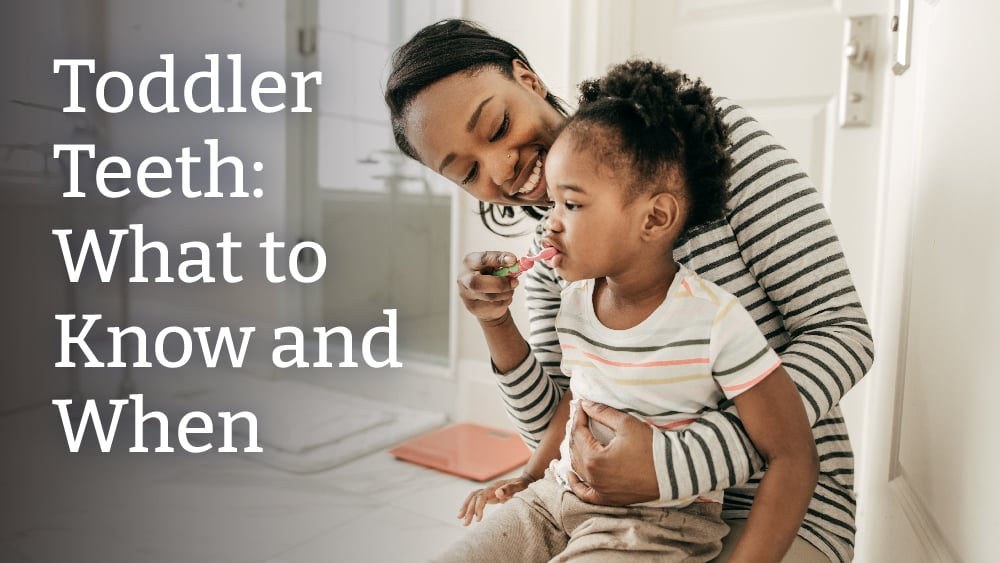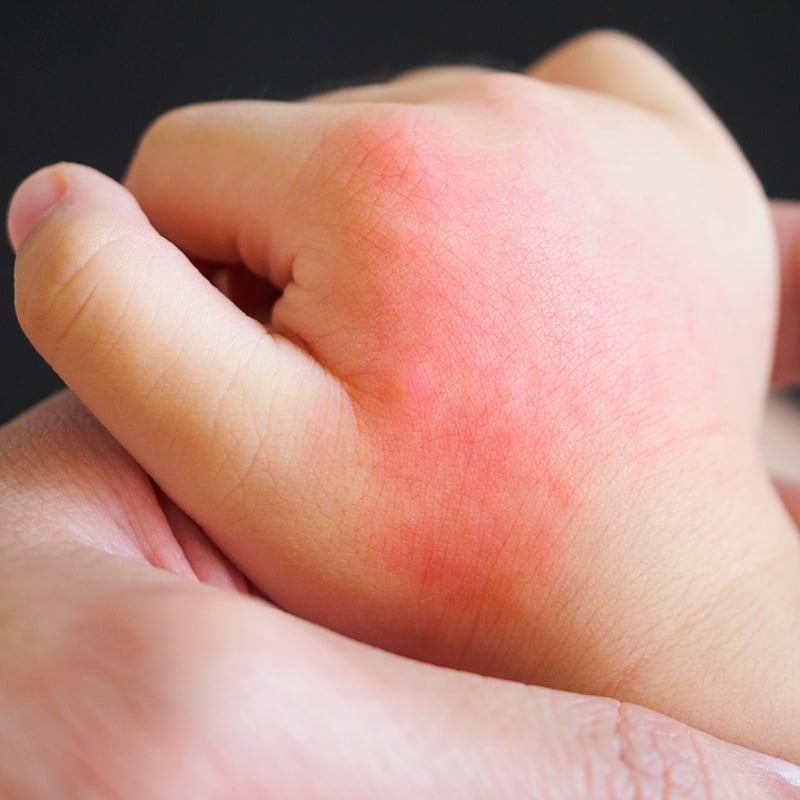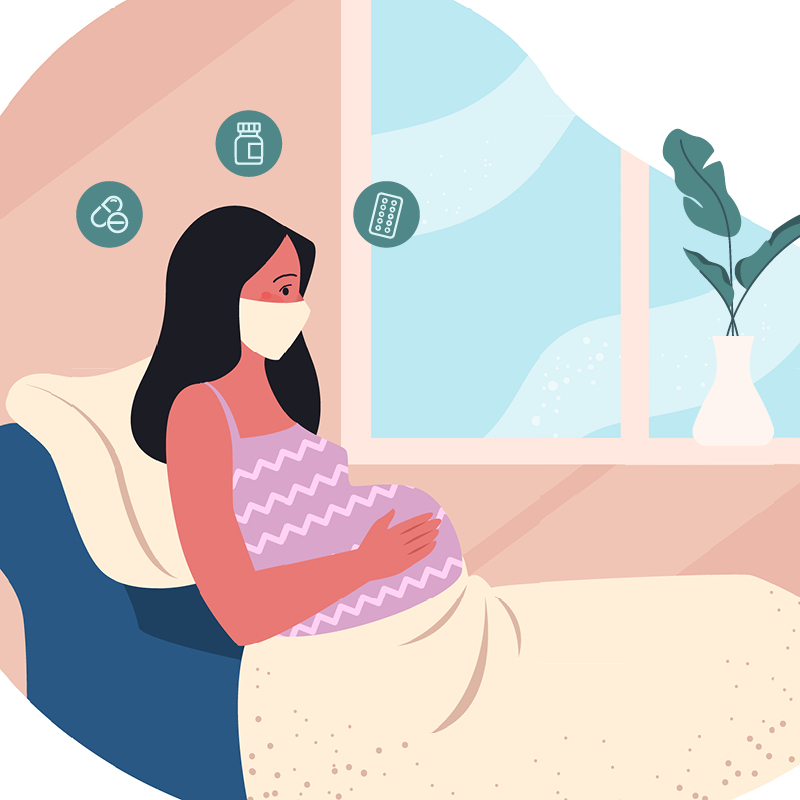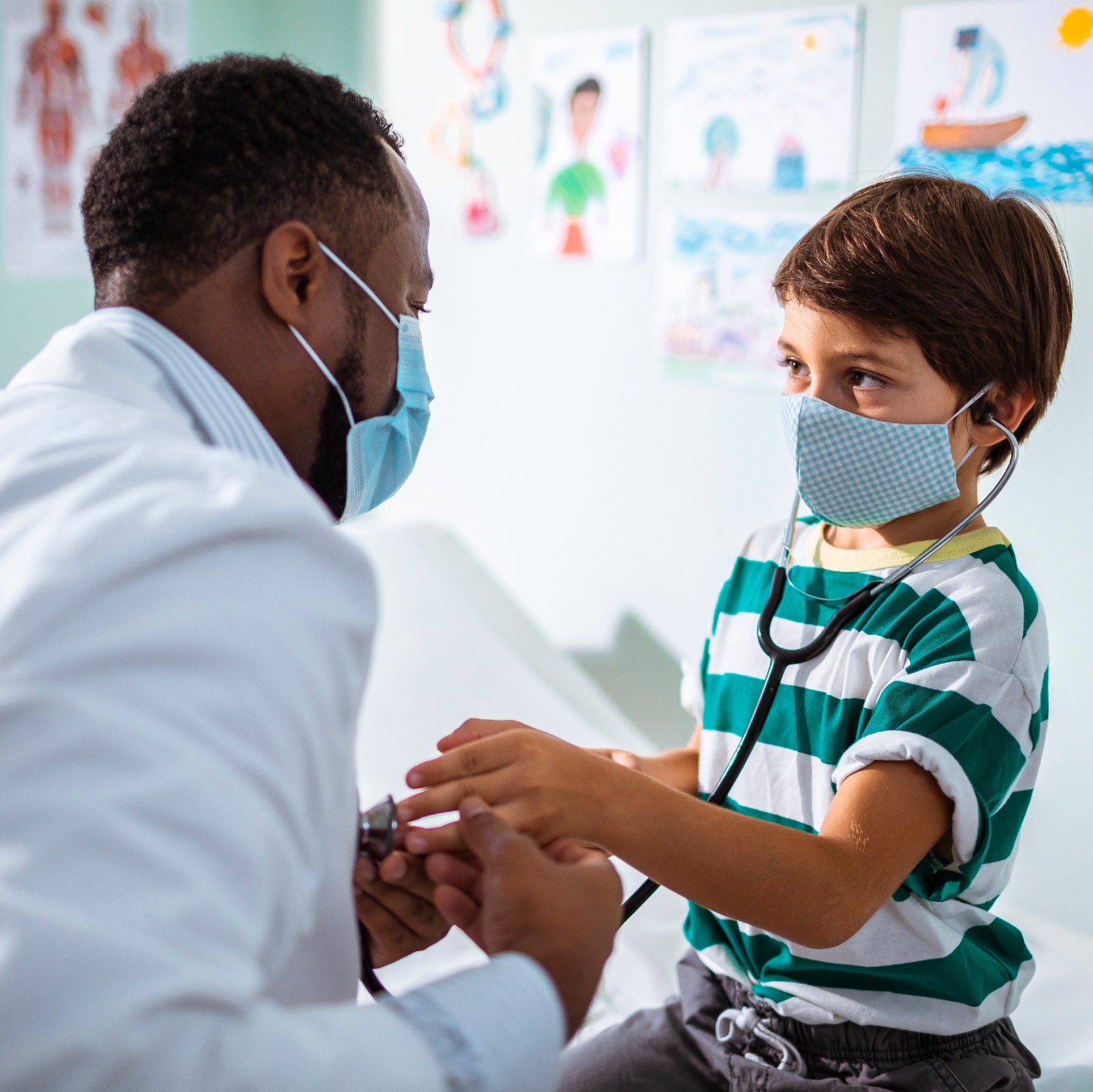Children’s teeth often mark important milestones in their lives. Parents and caregivers will remember when their children’s first teeth came in, when they lost their first tooth, and those years when they had no front teeth while waiting for adult teeth to come in.
Martha Mullane, a pediatric nurse practitioner with Rochester Regional Health, has some advice and shares ideas of what to expect with young children’s teeth – and when.
The first teeth
Most babies start to get teeth between the ages of 6-12 months. Sometimes teeth will come through the baby’s gums one at a time; other babies have several teeth come through at the same time.
As the teeth begin to cut through a baby’s gums, their gums will become swollen and sometimes bleed. Understandably, babies will become cranky from the pain and uncomfortable sensation associated with teeth coming into their mouth. This is commonly recognized as teething.
Contrary to common belief, teething does not cause a fever, rash, or diarrhea. Research shows these symptoms all have other causes and may happen at the same time as teething, but do not stem from teeth coming in.
Some common symptoms of teething are:
- Drooling
- Acting cranky or fussy
- Having trouble falling asleep
- Not wanting to eat
If you want to provide your child with medication for pain relief, giving them a dose of children’s Tylenol is recommended. Ibuprofen can also help to reduce inflammation, but cannot be given to any child under the age of 6 months. Teething rings can also prove to be soothing for a baby, especially if they are cold. Babies like the cold sensation, as it can help with their inflamed gums.
Pediatricians do not recommend freezing teething rings. Parents and caregivers should also avoid numbing gels or teething tablets, especially for children ages 2 and younger.
“Teething is a natural process and, for those kids under two, using the gels or tablets could result in them not being able to swallow,” Mullane said. “Those products not only numb the gums, they are numbing other parts of the body.”
Early baby gum & teeth care
Brushing can begin when the child is about 6 months old. Parents and caregivers can wash their child’s gums with a washcloth, baby toothbrush, or even their fingers. Use a fluoride toothpaste and start with an amount about the size of a grain of rice. At age 3, you can increase it to a pea-sized amount.
Have your children be as involved in the teeth cleaning process as much as they can. Even they are only brushing a couple of teeth, getting them in the habit of brushing is a good practice to set early. You can always take the toothbrush after they are done and do a more thorough cleaning on your own.
For young kids, dentists suggest laying them back in your lap when you first begin brushing their teeth. From that point of view, you can see their mouth better when you’re brushing.
Babies and young toddlers should avoid walking around with bottles or sippy cups in their mouth or falling asleep with bottles, as it can lead to tooth decay. The sugar in the breast milk or the formula can coat the teeth and lead to that decay over time.
Overuse or inappropriate use of a bottle and/or sippy cups that are filled with milk or juice at naptime or bedtime will lead to tooth decay. Milk or juice are encouraged at meal times; using water between meals and bedtime is strongly recommended.
By the time a child reaches the age of 3, they should have approximately 20 teeth in total. These teeth will last for a few years before adult teeth start to come in around the age of 7.
The first dentist appointment
A common question from many parents and caregivers is when they should schedule their child’s first dental visits.
For most children, experts recommend an initial visit starting after the child’s first birthday.
Pediatric dentists will not conduct a full cleaning in the same manner adults receive them. Instead, they will show a child how to clean their teeth and explain to both the child and the parents what to look forward to.
During the general well visits for children during their first two years, pediatricians will check in with parents about setting up their child’s first dentist visit. Ensuring good oral hygiene is helpful not only for a child’s teeth and gums, but for their overall health as well.
“Teeth are the gateway to your body,” Mullane said. “If you have early health issues with your teeth, you are more likely to be sick more often if you constantly have bacteria in your mouth that should not be there.”
Mouth-related behaviors
Infants and toddlers tend to exhibit certain behaviors with their mouths that might be a cause for parental concern.
Grinding teeth
This behavior can start in infants and progress into toddlerhood. Beyond the sound and sensation, grinding could eventually lead to some issues with baby teeth. However, it is normal and most children grow out of this behavior once adult teeth come in.
For toddlers, experts suggest allowing them to have a teething ring or a hard rubber object that can be put into the refrigerator and kept cold.
Have a conversation with your pediatrician about grinding teeth, as well. There could be an underlying cause that is leading to them using this as a self-soothing behavior.
Thumb sucking
Recognized as one of the most common self-soothing techniques, sucking thumbs is a natural behavior young children use to feel safe.
Most kids stop this behavior between the ages of 2 and 4. If you want to encourage your child to stop, give them positive reinforcement when they are not sucking their thumb. Another important tactic is to recognize any situation or environment when they start to suck their thumb as to a possible cause.
Pacifiers
Parents and caregivers often give their babies a pacifier for soothing around the age of 2-3 months. Pacifier weaning should begin between the ages of 12-15 months; baby bottle weaning should start around 1 year.
Pediatricians recommend getting rid of the pacifier on the day you intend to and committing to it. Reverting back will make it tougher for both the parent and the child. Replace it with something different and fun for your child such as a sticker or new cup.
“The hardest thing is replacing whatever they have with something else,” Mullane said. “No one goes to college in diapers or drinking out of a bottle. It will get better.”









